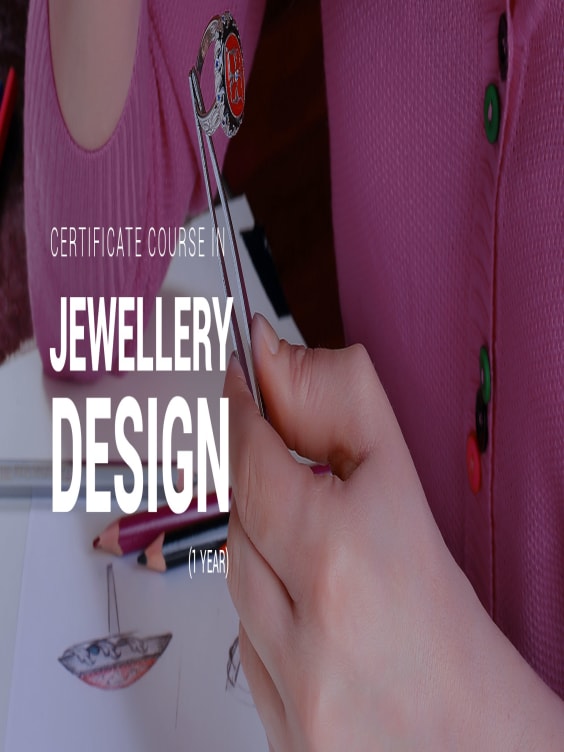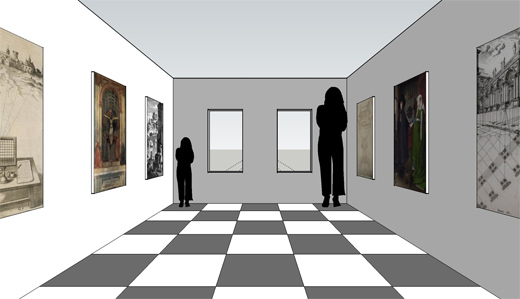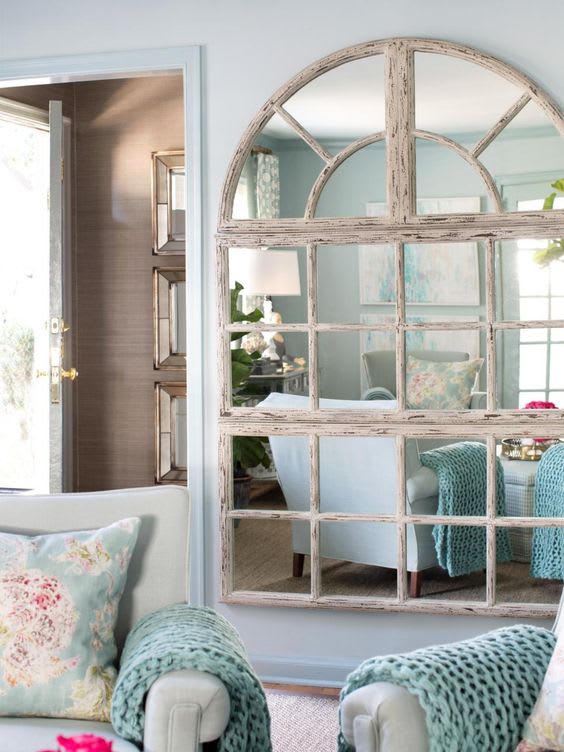There’s a lot of visual impact from interior elements that we take for granted or fail to recognise. That’s until an interior designer employs his/her expertise in creating illusions in a space with logic, science and imagination which forms the base of optical illusion designing.
In interior designing, there are many useful hacks that designers employ to make a certain effect of space. But taking a step ahead is a matter of creativity that is beyond the curriculum of interior designing courses. Here, we shall discuss some of the ingenious methods used by interior designers to create amazing illusions.
Filling interiors smartly
Every student of an interior designing course is aware of staging an interior. It’s all about optimally setting the room with its accessories, to create a particular vibe or effect. Planning and positioning interior accessories is an area of study in interior design diploma courses.
Minimal decor makes a smaller room look bigger. But a room with the right accessory at the right place can also create the visual impression of a wide, spacious room. The trick is in placing furniture at strategic points to create space impressions. For example, placing a tall furniture in a corner along with normal sized ones gives the impression of a larger room. More than one large furniture inside makes the room look smaller.
The angular effect
Modelling interiors in unconventional angular style, gives a lot of scope for creating space and proper use of deeper spaces. Making triangular and skewed windows or ceilings can create different kinds of perception. Corridors can seem to elongate and make rooms appear to be tilted. The Ames room effect is a popular example for how shaping the room in different angles alter the visual perspective of the objects in the room.
TAF stairs and wavy staircases are innovative designs to play with angularity and create very unique forms of stairs.
3D space effects
Three dimensional effects of interior structures are created with knacky altering of perception. An example is placing Anamorphic art in the middle of an interior space. This is achieved by painting the figure spread on different parts of the interior. When it is watched from a particular angle it looks like an object hanging in air.
Virtual maze is another example of creating complex illusions using dizzying wallpapers with lot of wavy forms and fluid patterns.
Mirror works
Mirrors are great for spatial decoration and interior illusion. Mirrors on the walls give an impression of a wider room. Small bits of mirrors on a surface gives a glittering effect. Using a mirror in a kitchen, on kitchen cabinet doors gives an inclusive look in the room. Using the mirror to reflect the nature outside makes better living rooms.
Achieving illusions to enhance the atmosphere of the interiors is a creative challenge for an interior designer. If you are interested in exploring this area, Hamstech provides courses that can widen your perspective on this very topic.





